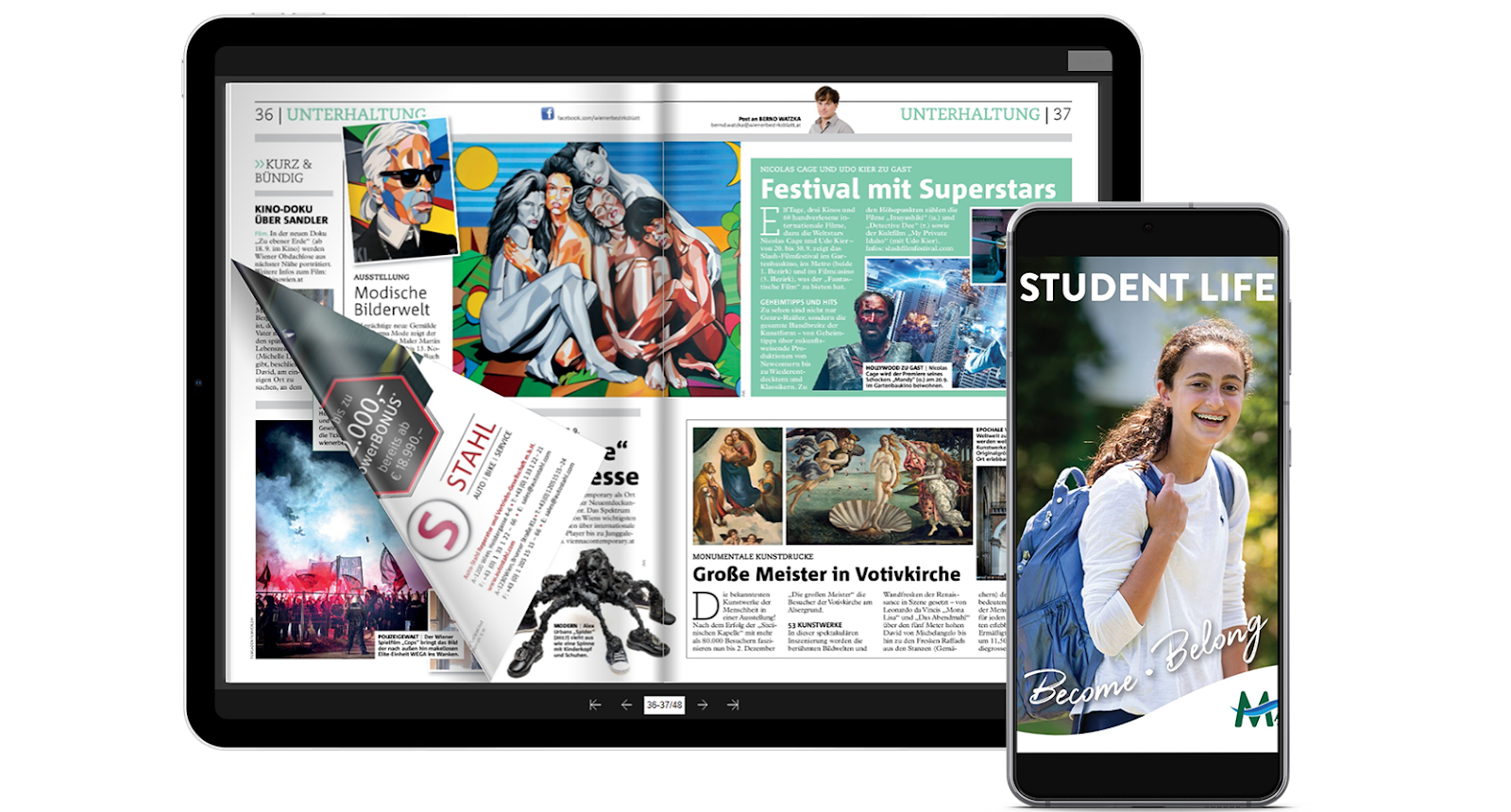INTERACTIVE WHITE BOARD (Easy and comprehensive notes)
The first revolutionary teaching tool- the humble blackboard- found its
way into classrooms back in 1801, and had a profound impact on the nature of
teaching oer the next 200 years. The blackboard became synonymous with the
traditional classroom and, along with shiny red apples, is still seen as a
stereotypical symbol of education. The interactive white board- or IWB- has the
potential to be the second revolutionary teaching tool. Just as the black board
was seen as a key part of 19th and 20th century
classrooms, the IWB has the capacity to become synonymous with the new digital
classrooms of the 21st century. Despite its relative newness, the
IWB exhibits the same capacity to fundamentally change- and indeed
revolutionise – the nature of teaching.
IWBs can let educators do more than just continue with the old ways. As interactive technologies become an accepted part of today’s digital classrooms, new and previously unimagined ways are being found to use technology to enhance the teaching and learning process.
IWB V/S SMART BOARDS
An interactive whiteboard works like a normal whiteboard, but the added digital component allows you to interact with it on a computer and save content for future reference. Smartboards are similar, but they offer more user interaction. Smartboard technology allows multiple people to access and use the board from other locations. Both technologies offer interactive features within their display. They are generally connected via an HDMI or VGA cable.
ADVANTAGES OF IWB
- ü Enhanced lesson interaction and understanding
- ü Interactive classes
- ü Easy to use, taking the best advantages of the technological advancements
- ü Flexibility in the classroom
- ü Connectivity to the internet
- ü Provision to save the lessons and classes for rewatch
- ü Provision to mark the progress of each child and evaluate
- ü Integrated technology
- ü Proven effectiveness especially in the language subjects and social science.
- Promotes group learning by encouraging teams to work together
DISADVANTAGES OF IWB
o
Requirement of extra time on preparing the lessons
o
Insufficient training can lead to extra cost and efforts,
negativing the entire system
o
Size limitations of the board compared to flip boards, and
also the storage
o
Projection / technical problems can affect the entire class
o
Remote access issue since the students may or may not be attentive
o
Expensive devices, maintenance and operating cost
o
Not convenient for some subjects like maths and science labs
o Lack of activity orientation in the classrooms due to limitations of member that can use at one time





